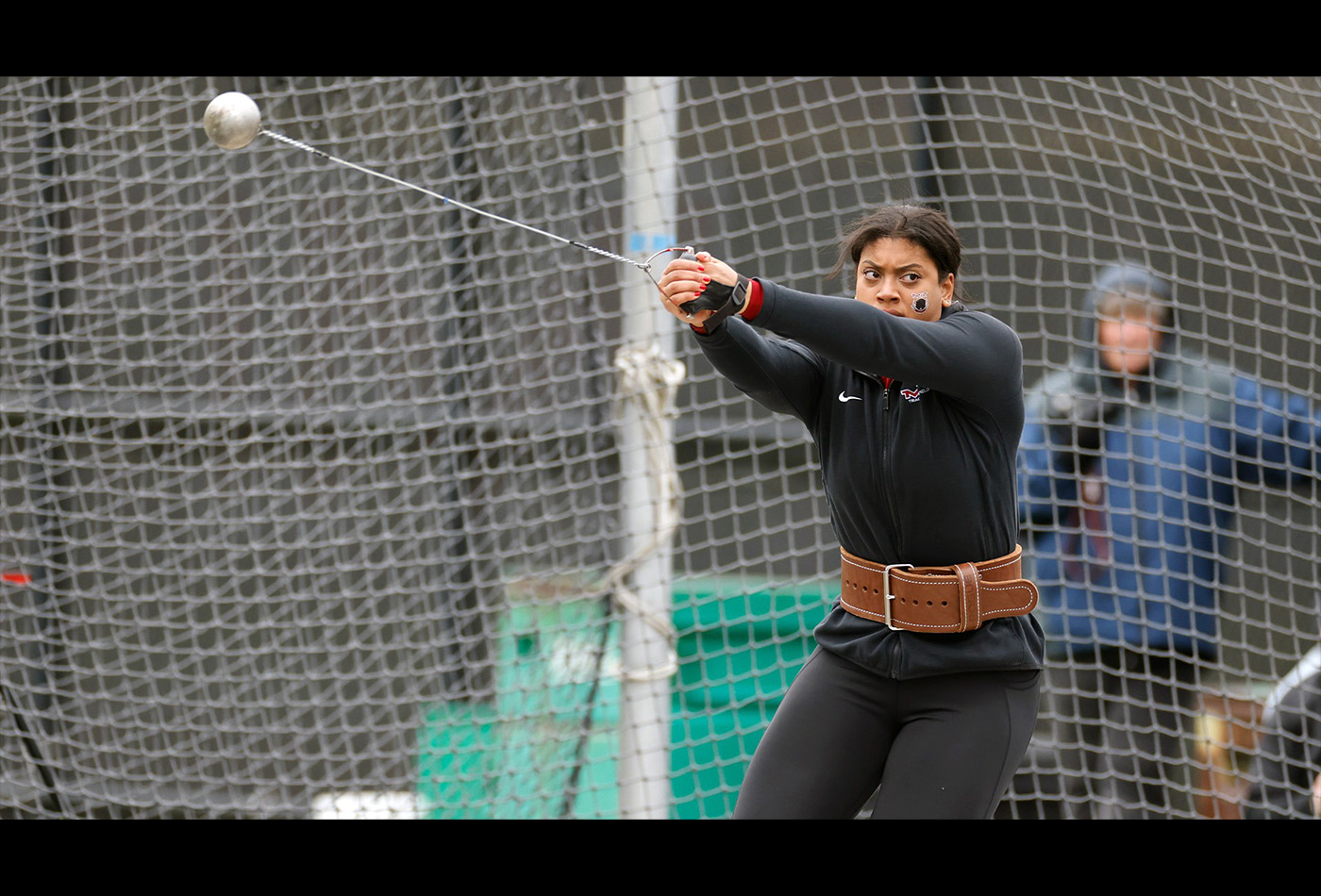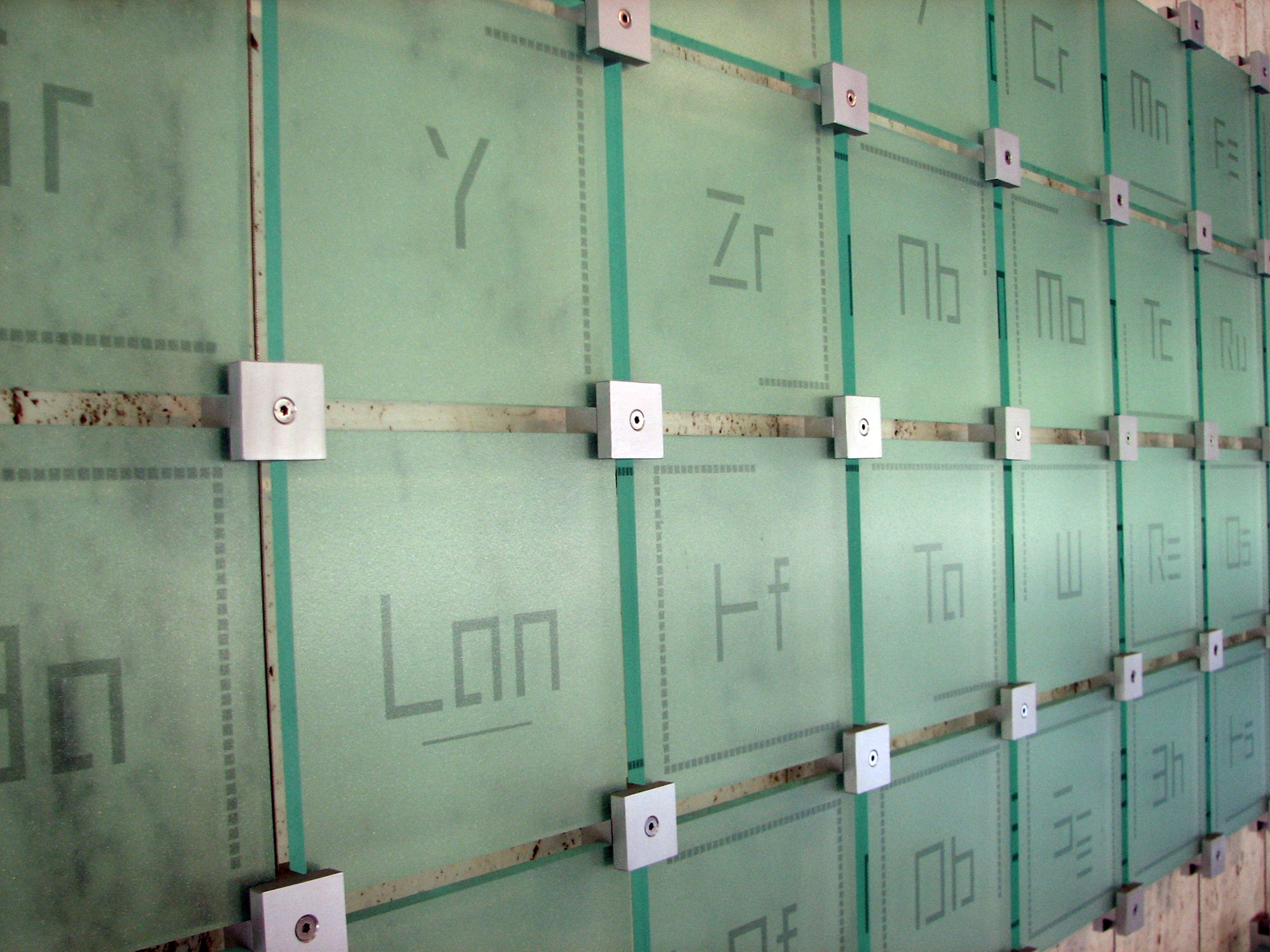Champion Field Athlete’s Inspiration: “Wanting to Get Better and Better”
Chemistry and Biology Major Alexis Boykin ’25 weighs in on the benefits of being a student-athlete.
Throwers don’t have finish lines; their motivation is always to throw further.
Consider Alexis Boykin ’25, with five national championships, one of the most decorated athletes in MIT Track and Field history. In May 2024, at the NCAA Division III outdoor track and field national championship meet in Myrtle Beach, South Carolina, Alexis swept the hammer throw and shot put and came within one centimeter of winning the discus, as well. Her performance led the MIT women to a third-place finish and earned Alexis the Women’s National Field Athlete of the Year Award, among other plaudits from the NCAA.
It was the second time Boykin had won multiple titles at a national championship meet: Two months earlier at the NCAA Division III indoor track and field nationals in Virginia Beach, Virginia, Alexis won the shot put and the weight throw. She earned her first national title in May 2023 at the NCAA Division III outdoor championship in Pittsford, New York, winning the hammer throw. Outdoors and indoors, she has earned All-Conference, All-Region, All-New England, and All-American honors. Academically, the chemistry and biology major has participated in the Undergraduate Research Opportunities Program in the lab of chemistry professor Bradley Pentelute, and she plans to pursue a PhD in chemical biology. Boykin spoke recently about her experience as a student-athlete who always gives it her best shot.
Q. When you’re putting the shot, how heavy is the ball?
A. It’s 4 kilograms or 8.8 pounds.
Q. And the weight that you throw indoors, how heavy is that?
A. 20 pounds.
Q. And the hammer outdoors?
A. A hammer is also 4K or 8.8 pounds, but it’s weighed to include the wire, so the ball ends up being a little smaller than a shot put.
Q. To what would you compare the feeling of putting your all into a throw and knowing it’s going to go far?
A. In terms of school, when you take a test and you just know that you’re writing all the right answers, it’s kind of like that. You’re putting in all your effort, but you know that you’re going to get the payout.
Q. It must take a lot of training to send these heavy objects that far.
A. There are a lot of bad throws in practice (laughs), but, yeah.
Q. What is a typical training session for you?
A. Fall is two to three times a week of lifting and maybe technical things. Starting in November, indoor season practice includes shot and weight with throwing every day and then a lift three times a week. Outdoor season is similar but with the outdoor events (hammer and discus).
Q. When you go home, do you practice in the backyard?
A. Most high schools let you throw there, though you can’t exactly practice the hammer throw there.
Q. Have you ever tried the javelin?
A. I’ve done it one or two times. I’m definitely better at the other events, but it’s fun to learn a new one, and there’s not as much pressure behind it.
Q. How has being a student-athlete at MIT helped you on your personal path?
A. It forces you to segment your time: I’m going to work on this assignment, and then this class, and then this class. And then also your weekends, you have to schedule the day in order to complete your work and throw at the meets. So I’m pretty good at time management now.
Q. What inspires you?
A. As a student, I like knowing new things and having the satisfaction of learning all of the base pieces, which come together to form bigger ideas. That’s cool. As an athlete, it is just wanting to be better and better and then celebrating with your team.
Q. What are your plans after college?
A. Probably some postgraduate study, most likely a PhD in chemical biology.
Q. In your view, why is it worthwhile to support athletics at MIT?
A. Even if you don’t compete in varsity athletics at MIT, there are a ton of opportunities to participate in club athletics. Back in freshman year, I played some club volleyball, and that was fun. Sports are a good outlet for pretty much anybody who wants to get outside and get involved. When you support athletics, you support this way of stepping back from academics and making sure everyone’s having fun, too.





